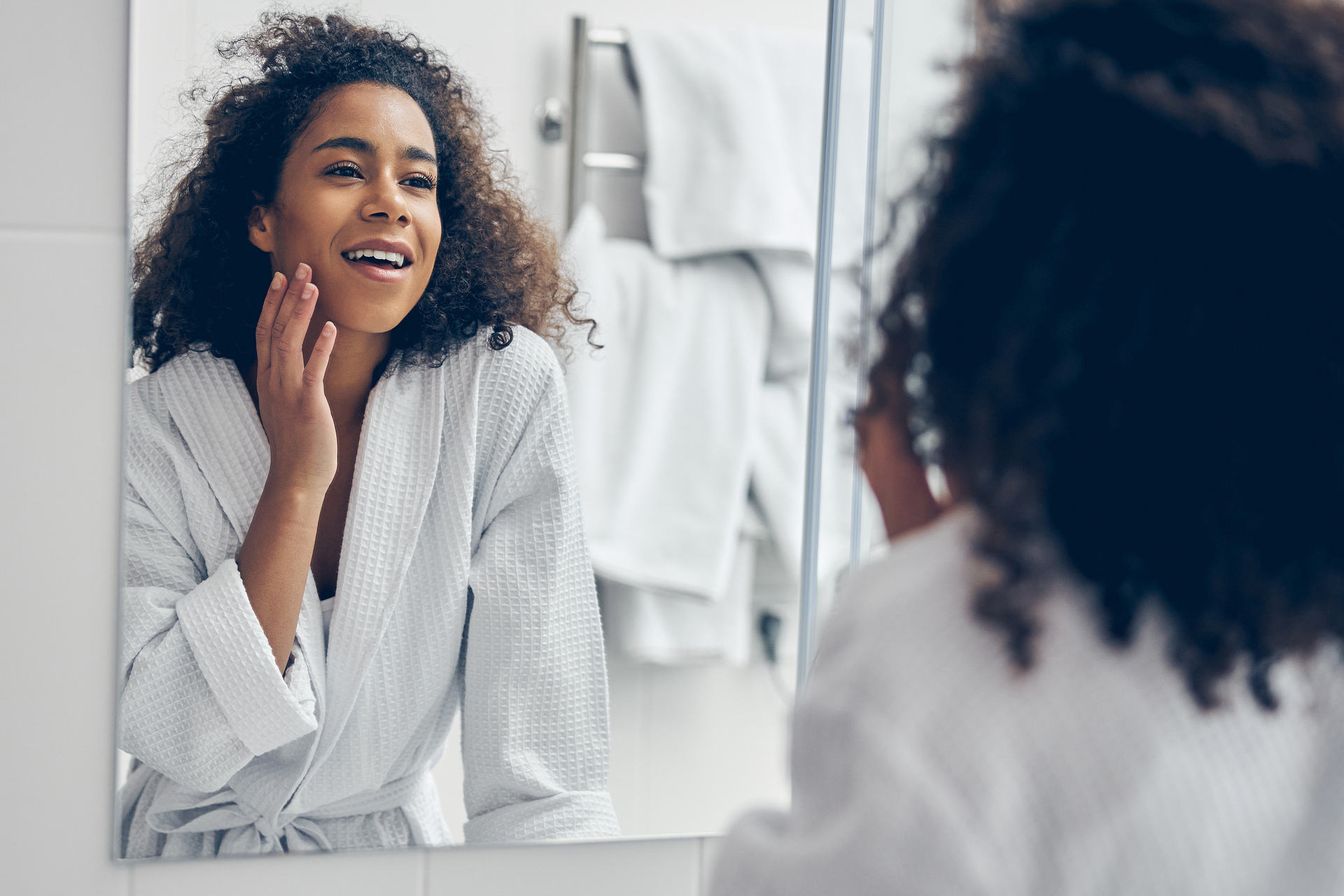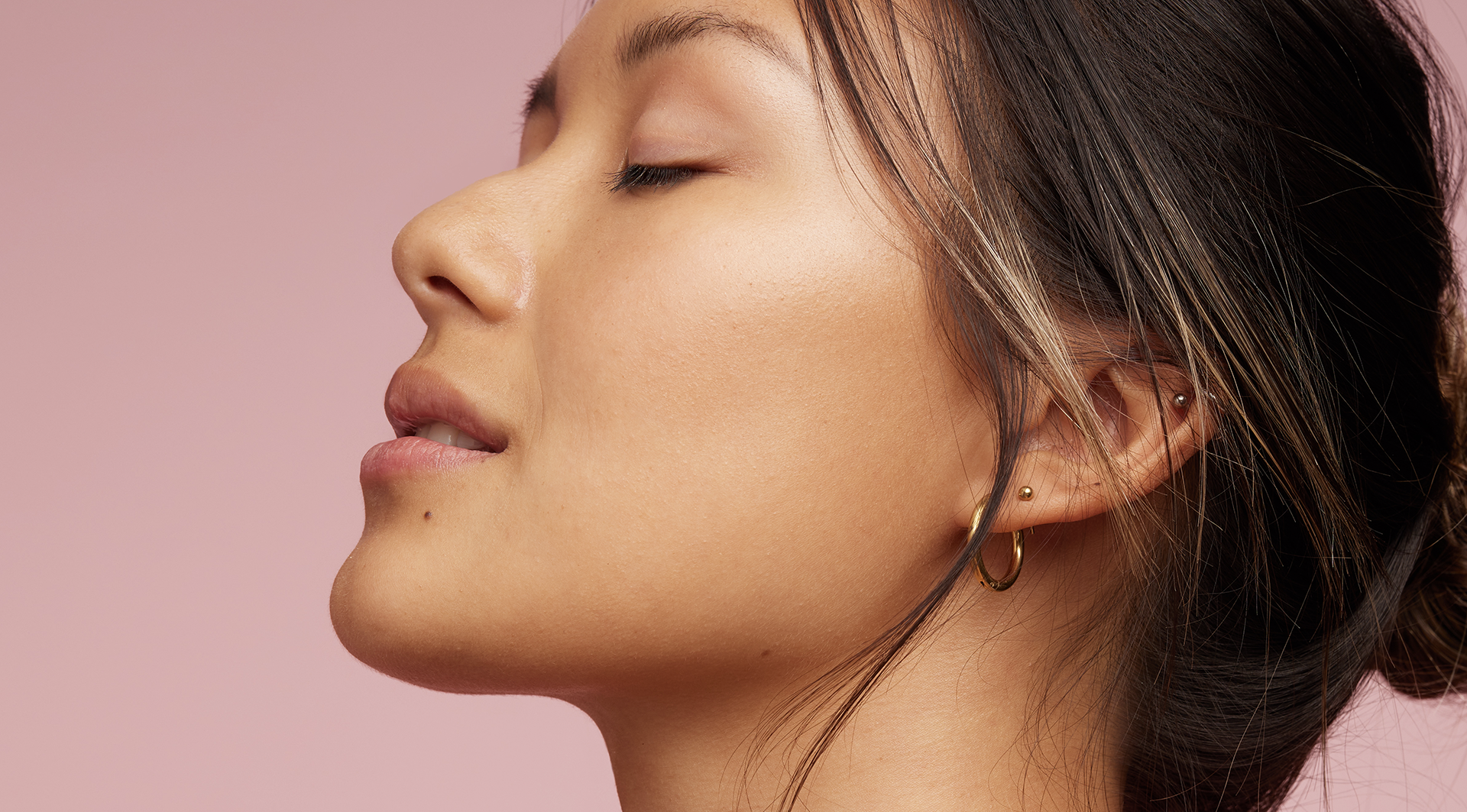
Mewing is a technique that has recently gained popularity due to its ability to promote proper tongue posture and enhance facial aesthetics. Mewing is the practice of maintaining proper oral posture by sealing the lips and placing the tongue on the roof of the mouth. Mewing’s suitability for people of all ages is a concern for many.
Mewing can be helpful for people of all ages, but its effectiveness may vary depending on how far along in facial development a person is. Mewing can have a greater impact during childhood and adolescence, when the facial bones are still growing and shaping. During these formative years, the face’s bones are more malleable, making them more responsive to changes in posture and pressure. As a result, developing mewing skills at a young age may result in more obvious improvements to facial symmetry and jawline definition.
Mewing, on the other hand, isn’t useless for adults. Mewing can still be beneficial, despite the fact that the bones in the face become more rigid with age. It may aid in the development of improved breathing patterns and the tone of facial muscles. Consistent effort and dedication to mewing can result in gradual improvements in facial posture and appearance, even though the changes may be more subtle in adulthood.

It is essential to comprehend that mewing on its own cannot significantly alter facial features. It should be viewed as a complement to other healthy lifestyle practices. For overall facial health, proper nutrition, regular exercise, and oral hygiene are essential. In cases where significant skeletal discrepancies exist, it is essential to note that mewing is not a substitute for orthodontic treatment or jaw surgery.
If you have any existing oral or facial conditions, you should talk to a dental or orthodontic professional before incorporating mewing into your routine. They can evaluate your particular necessities and give direction on whether mewing is appropriate for you in light of your singular conditions.
In conclusion, mewing can be used by people of all ages, but its effectiveness may vary depending on where a person’s face is in its development. When the facial bones are still growing, childhood and adolescence are the best times to use it. Adults can benefit from mewing as well, but they should have realistic expectations and be aware that the changes may be subtler. Keep in mind that mewing is only one aspect of facial health and should be practiced in conjunction with a holistic approach to overall well-being.







